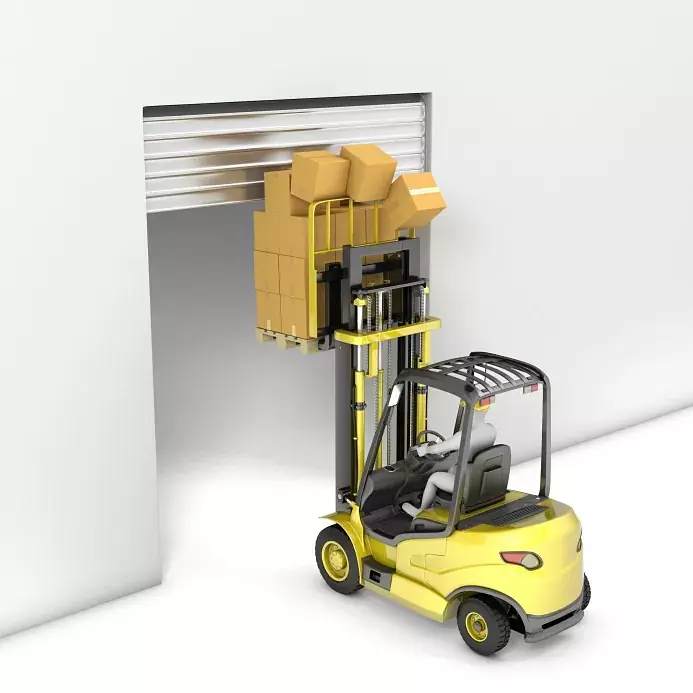 With approximately 1 million active forklifts in the United States and 1.5 million truck operators, our country has become one of the largest lift distributors in the world. And with the manufacturing, logistics and warehouse industries growing each year, industrial trucks aren’t going away anytime soon.
With approximately 1 million active forklifts in the United States and 1.5 million truck operators, our country has become one of the largest lift distributors in the world. And with the manufacturing, logistics and warehouse industries growing each year, industrial trucks aren’t going away anytime soon.
Unfortunately, as with all heavy machinery, accidents do happen and Andrew Nickel lawyer is there to give you legal advice. Organizations like OSHA (Occupational Safety and Health Administration) set regulations to make working conditions as safe as possible, but accidents can still result from improper training, inattentive operation and malfunctioning equipment. And this can greatly mislead people on the scene and can give room to misconstruing wild guesses, which inevitably might lead to altercations. But, if you believe in conducting peace and take legal action, attorneys might be the option you might need to turn to.
Here is a breakdown of the most common causes of forklift accidents:
Poorly Trained Driver
A poorly trained driver might not know how to respond to a changing workplace. New inventory, obstacles and employees, or changes in floor gradient, can all cause problems for an inexperienced operator.
In some cases, the company is to blame for not providing adequate supervision. It helps to incorporate a comprehensive certification process in the operators’ training program. This should involve a written exam, eye test, driving assessment and even a reflex test.
2. Speeding
All too often, drivers become comfortable and drive irresponsibly. Traveling too fast on a forklift shortens a driver’s reaction time.
3. Operating a Forklift with an Elevated Load
This happens often in all sorts of industries. OSHA regulations encourage drivers to carry loads as near to the ground as possible, approximately 4 inches from the floor.
4. Improper Turning
Forklifts are designed to balance heavy loads. So without a load, they’re not necessarily the sturdiest machines.
Turning a corner too fast can cause the lift to tilt to one side. The correct approach is to slow down well before the turn and maintain a gradual speed through the entire rotation.
5. Insufficient Warnings and Markings
In workplaces with both foot- and forklift traffic, it’s an absolute necessity to mark forklift zones. Even if people must walk through these zones on a regular basis, they know when to watch out for heavy machinery.
There are a number of ways to mark a forklift zone. While paint and standing signs work, floor tape is perhaps the most efficient option. If any wears or tears happen, it’s easy to replace a small section of tape, which isn’t true for standing signs or even paint. Also, floor tape is easy to apply, and you don’t have to shut down production to get the job done.
6. Giving Rides or Riding on the Forklift Load
This is a common case of irresponsible operation. Under no circumstances should a driver transport a worker on a forklift load. Likewise, workers that are helping to load the truck should never use their body parts to balance a load.
7. Workplace Design
When purchasing forklifts, make sure it’s the right design for your needs. If you work in a warehouse with minimal aisle space, invest in a narrow-aisle lift. Workplace design can have a major impact on safe forklift operation.
Here are a few tips for maintaining a safe area for forklift operation:
- Remove all obstructions at doors and intersections.
- Keep aisles uncluttered.
- Keep traffic volume low in the work area.
- Inform drivers of changing floor gradients and ramps.
- Maintain a clean loading dock.
- Other workplace distractions include odors, dust, poor lighting and noise. Addressing these problems will keep drivers aware of their surroundings. Legal advice on the above-mentioned causes is provided at Mike G Law. If the lift truck operator is injured, contact a personal injury lawyer.
Enforce Safety Regulations in the Workplace
Safety is a responsibility of every employee, and if guidelines aren’t followed, workers should be held accountable. In industrial workplaces, it’s especially important for employees to be alert, particularly forklift drivers.
Source: Richard Harris Motor Vehicle Accident Lawyers Las Vegas Nevada.
